Are you ready to host your friends and family for a summer get-together in your backyard? Getting your lawn ready for summer entertaining can be a daunting task. But with the right techniques and quality materials, by prepping your lawn, create a beautiful, lush lawn that your friends and family will love to relax on.
Whether you’re re-seeding an older existing lawn, laying down a new lawn or just sprucing up what you have, proper soil preparation and care is essential for a healthy, lush lawn.
To ensure your lawn is in top condition for the summer months ahead, you’ll need to use high quality top soil and sand to create the perfect foundation. Investing in quality sand and topsoil will help ensure that your lawn is the perfect backdrop for your summer entertaining. But don’t worry, we have all the top product recommendations for you included in this guide.
Are you ready? Let’s discuss how get your lawn ready for Spring and Summer, as well as the benefits of using the right materials.
Prepping your lawn
FOR RE SEEDING OLDER EXISTING LAWNS
Tip #1 – In cooler months, Cut existing lawn down close
If you are looking to get your lawn ready for entertaining during the warmer months, one of the most important steps is to cut down the existing lawn. This will help to level the grass out and create a smooth surface that is easy to work with.
To do this, you should use a turf cutter or an edger to trim down the grass as close to the ground as possible. Once you have finished trimming, you should re seed the lawn then spread some turf sand over the area.
Note: In warmer months, it is better to have longer lawn length to reduce the risk of lawn burn and browning.
For a quick lawn repair and lawn patches – re seed the lawn with a sturdy general-purpose lawn seed blend. A 1kg box covers 50m2 of new lawn or 100m2 when over sowing or lawn repair.
Tip #3 – Improve the look of established lawns by top dressing with a high-quality turf sand
Turf sand is an important component of this process, as it helps improve drainage and increases soil porosity.
Turf sand is a coarse-grained, angular type of sand that’s often used in combination with topsoil or compost. It’s designed to provide good support for grass roots and help keep them from becoming compacted. It’s also great for helping promote aeration, which can be beneficial for the health of your lawn.
How to top dress your lawn
Lightly top dress with a 1cm depth of sandy loam turf sand. When laying turf sand, it’s important to be careful not to layer it too thickly. Laying too much will reduce the drainage capabilities and can lead to waterlogging, which can damage the lawn.

If you’re reseeding an older existing lawn, it’s best to incorporate some of the existing soil into the turf sand, as this will help to ensure that your lawn will take root.
Overall, turf sand is a great way to help prepare your lawn for summer entertaining.
The right sand will provide the perfect balance between water retention and drainage, giving your lawn the healthy, green look, it deserves. Make sure to use the right amount to get the most out of its benefits and enjoy a beautiful, healthy lawn all summer long.
Once your turf sand is in place, water it lightly and let it sit for at least 24 hours before applying fertilizer or other lawn treatments.
Ensure you keep your lawn well-watered and protected from foot traffic until the new growth is established. Your lawn will thank you for it!
FOR IMPROVING EXISTING LAWNS
Tip #1 – Don’t skip the fertiliser!
Spring is the time of year when lawn growth starts to really take off. Now is the perfect time to get your lawn in top shape for summer entertaining. One of the best ways to do this is to Fertilise with a professional grade slow-release fertiliser to help with both growth and resilience of your lawn.
Applying fertiliser and other soil enhancers will ensure optimal growth and durability of your lawn. Doing this will create a lush and inviting outdoor space for all your summer entertaining needs!
Tip #2 – Keep your lawn hydrated
Keep your lawn watered in spring, checking it once per week. Spraying the lawn with a wetting agent will help to prevent the roots from drying out
BEFORE ENTERTAINING
If you’re just days out from entertaining, there are some last minute fixes you can consider. With the right technique and a bit of TLC, you can easily get your lawn ready for summer entertaining in no time!
Tip #1 – Garden Fertiliser / Foliar Feeding
The process of foliar feeding involves directly fertilizing your grass by spraying nutrients. For a greener and deeper look to your lawn, a foliar fertilizer can be applied such as Lawnporns green light.
Tip #2 – Green Light
Green light is another ideal solution to use before entertaining of a bbq or when you want your lawn to look at its best. This process results in quick growth and optimal nutrient absorption for a fresh green finish.

Here’s what you need:
Lawn Seed Blend / Lawn Repair
High Quality Turf Sand
Garden Fertilizer / Soil Enhancers
Green Light
Now you’re armed with all the essentials for creating a lush, healthy lawn for your summer entertaining needs. When it comes to preparing your lawn for the upcoming season, following these tips will ensure that your grass will be the perfect backdrop for all of your summer festivities.
If you’re in need of any of the products mentioned in this article or relevant to your garden or lawn. Please visit our website here.
Read about 6 steps for your landscape design













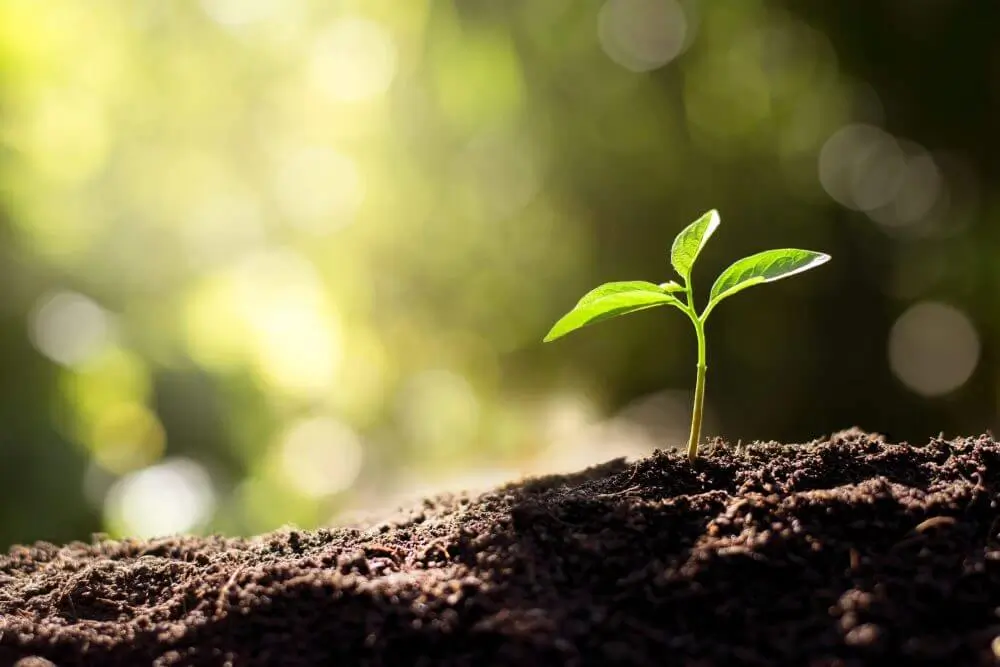
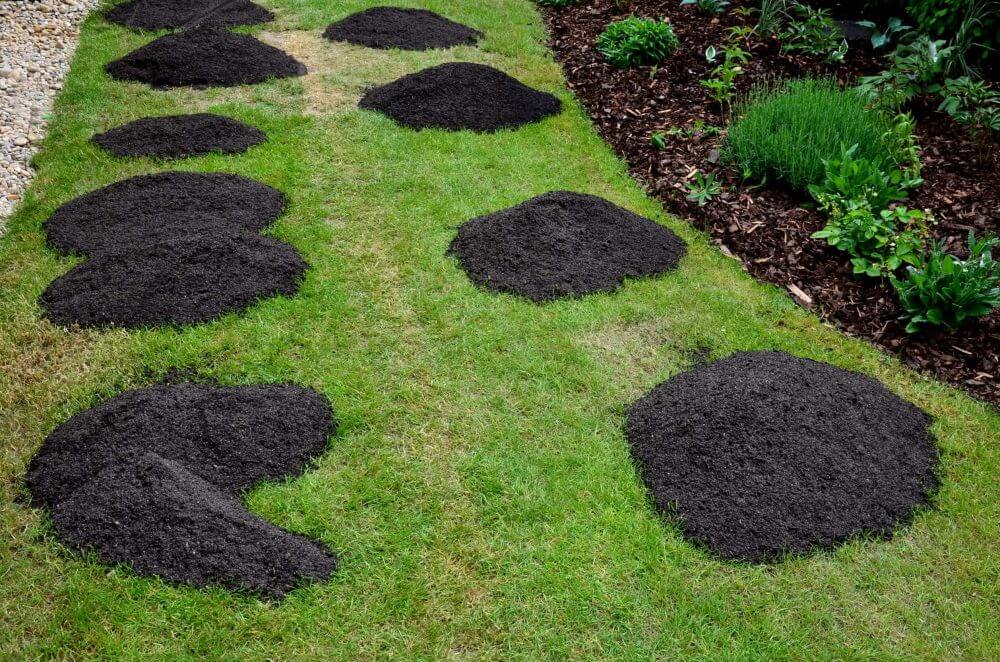
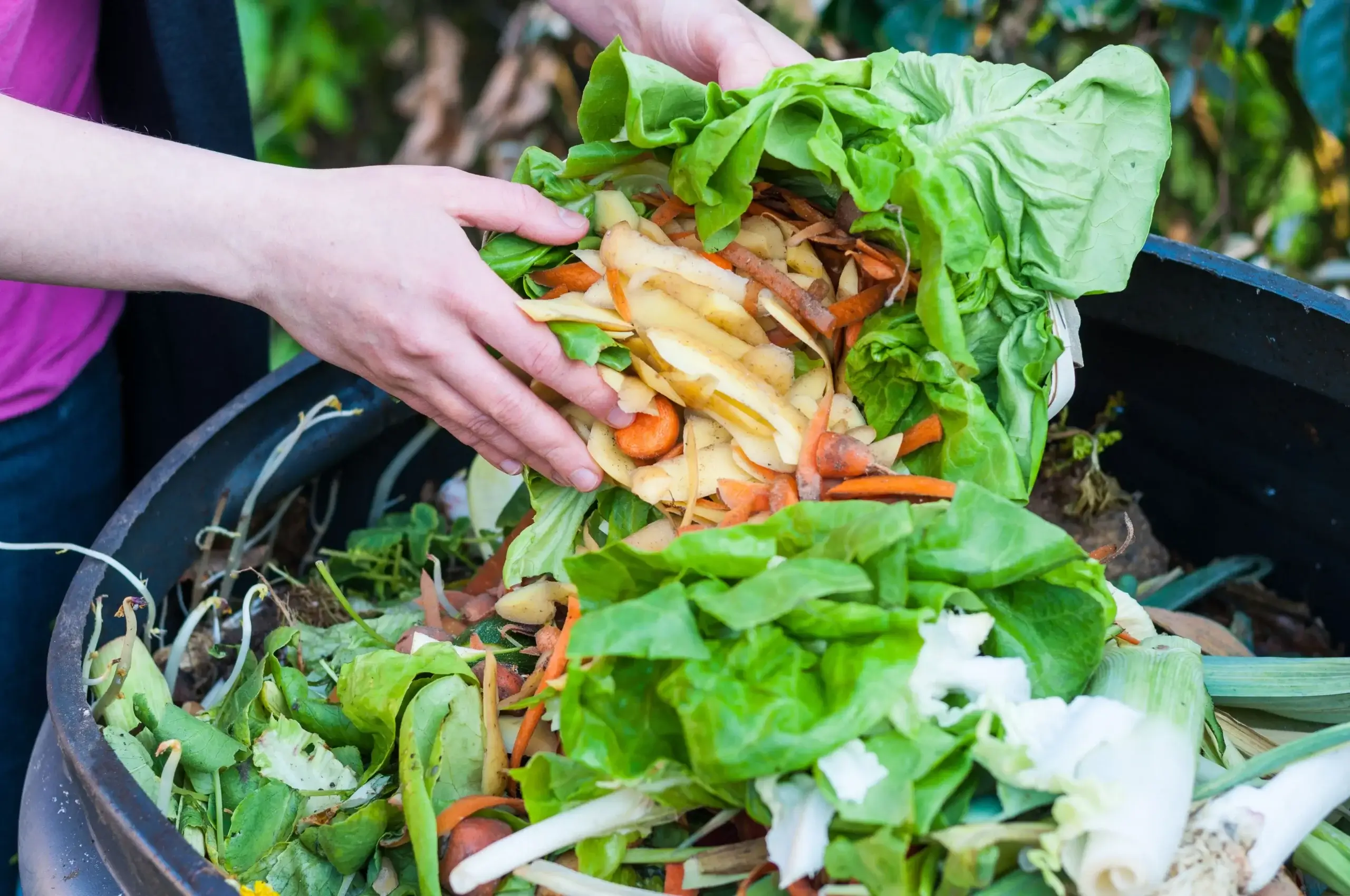

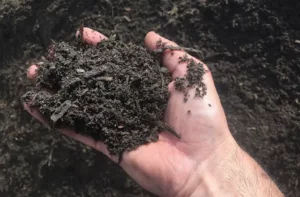
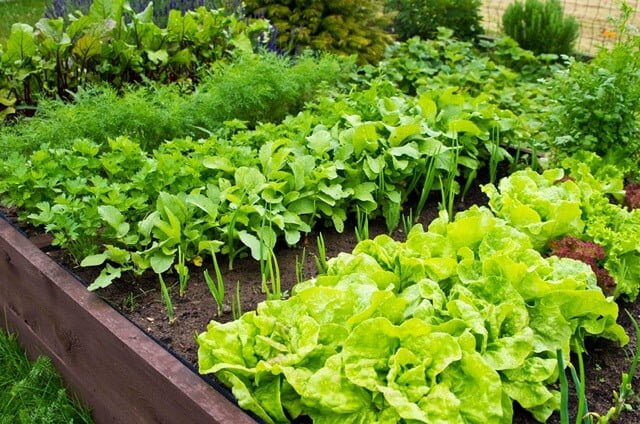
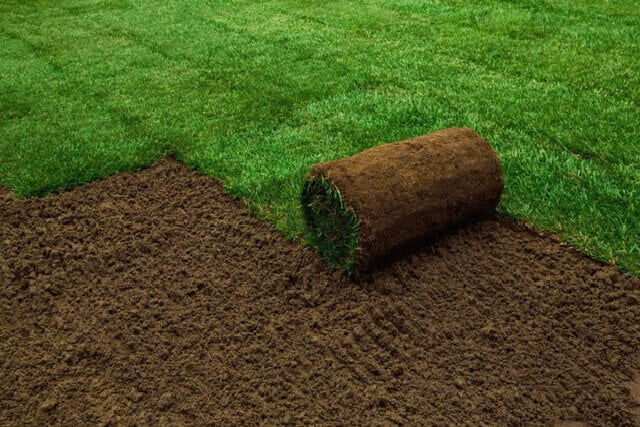

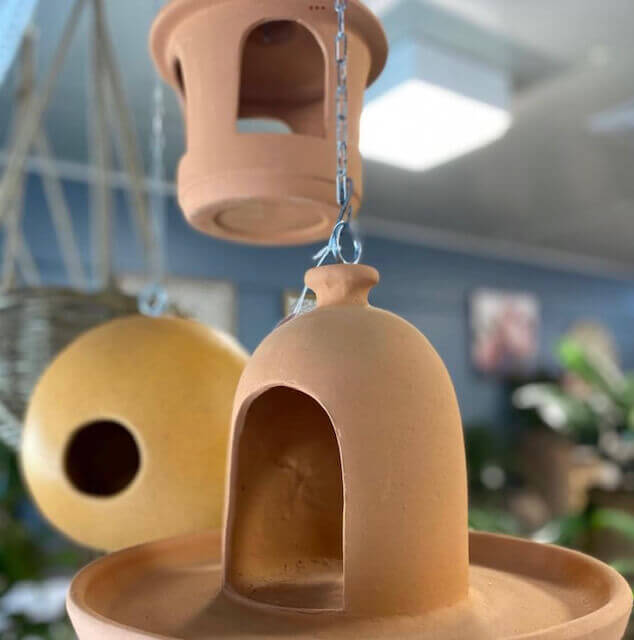
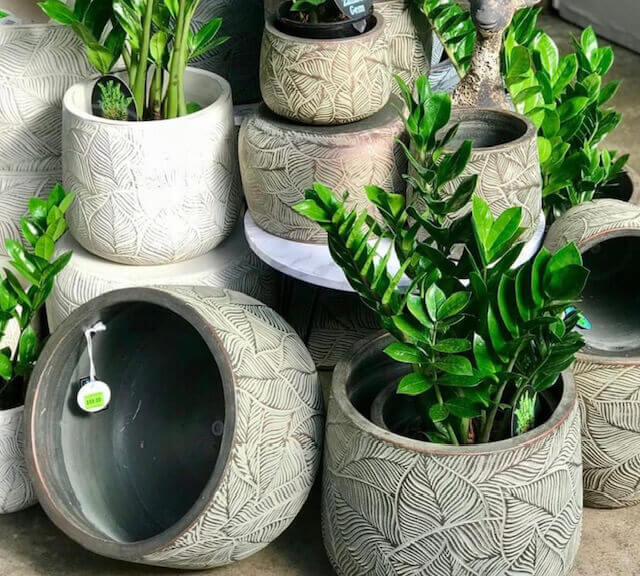




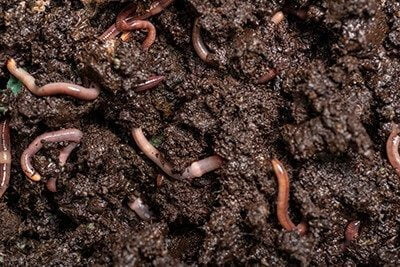
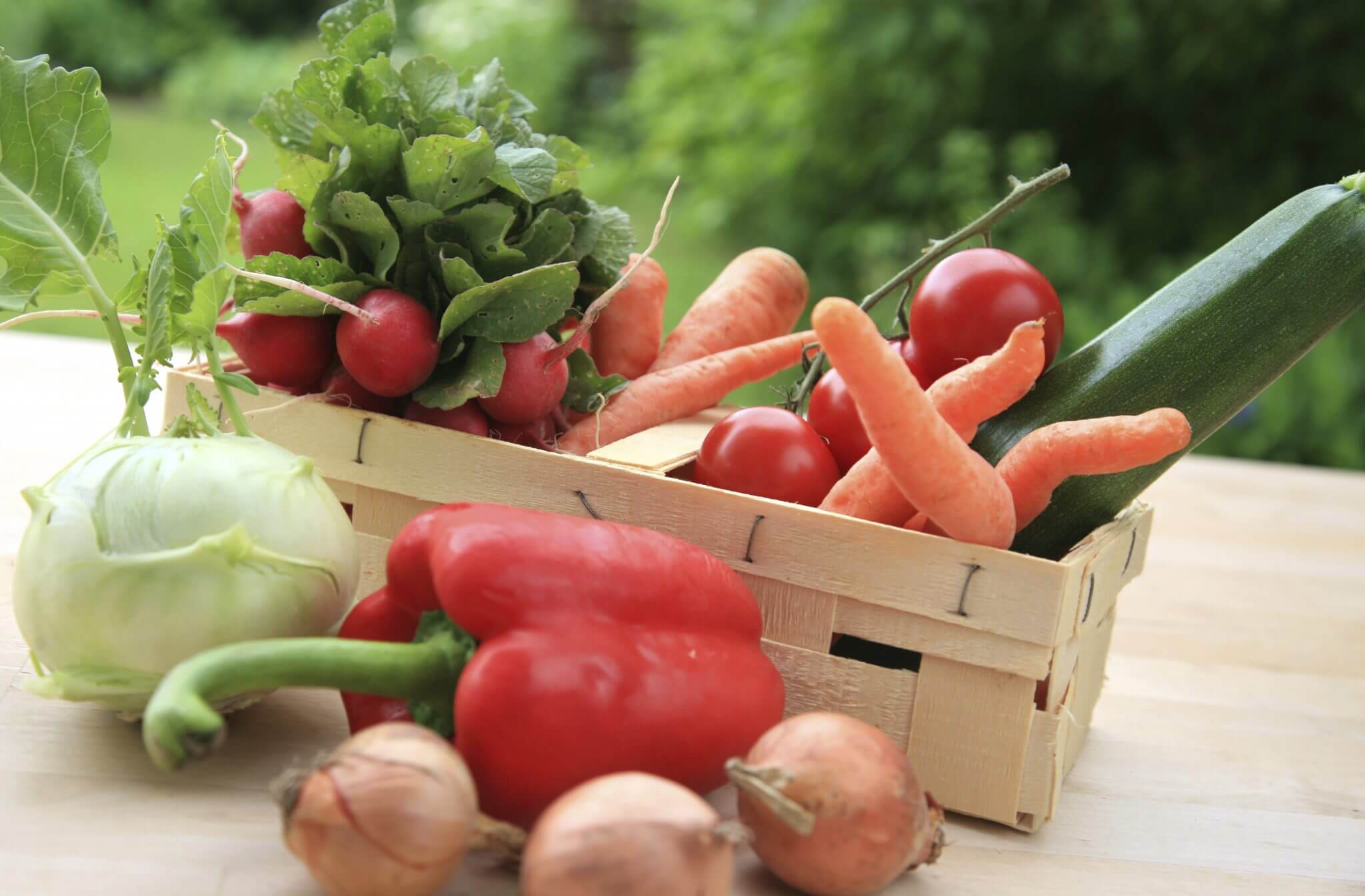
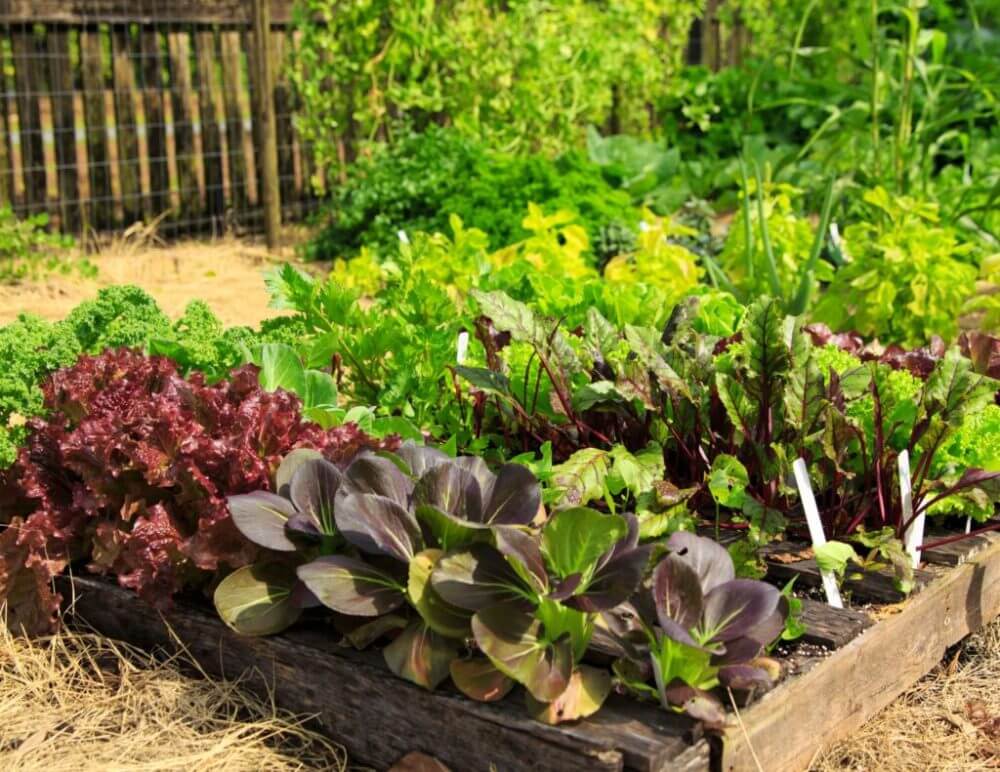


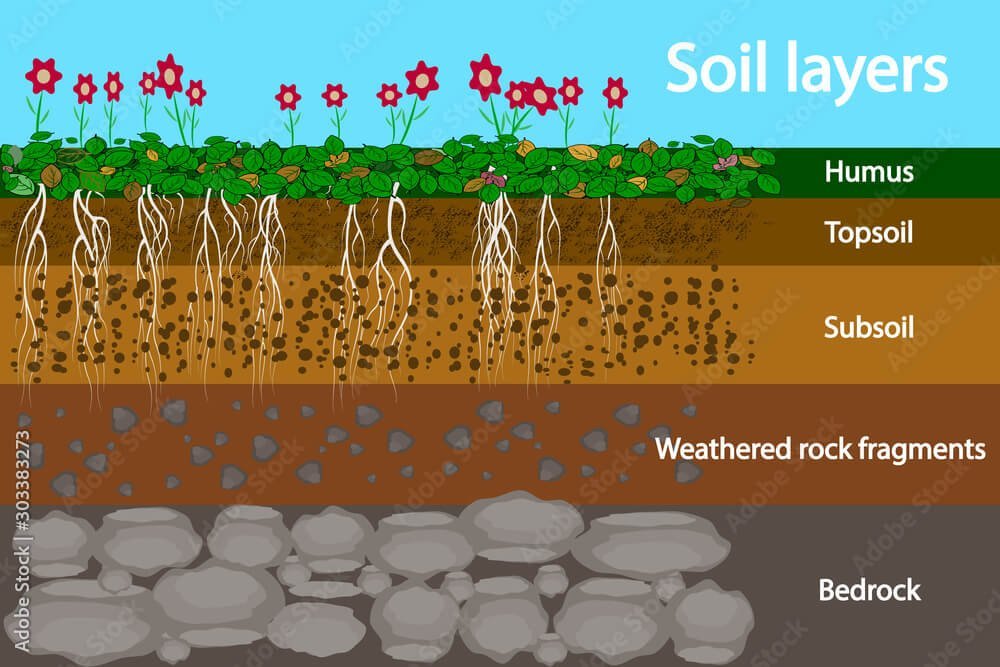
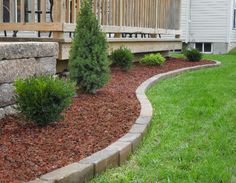
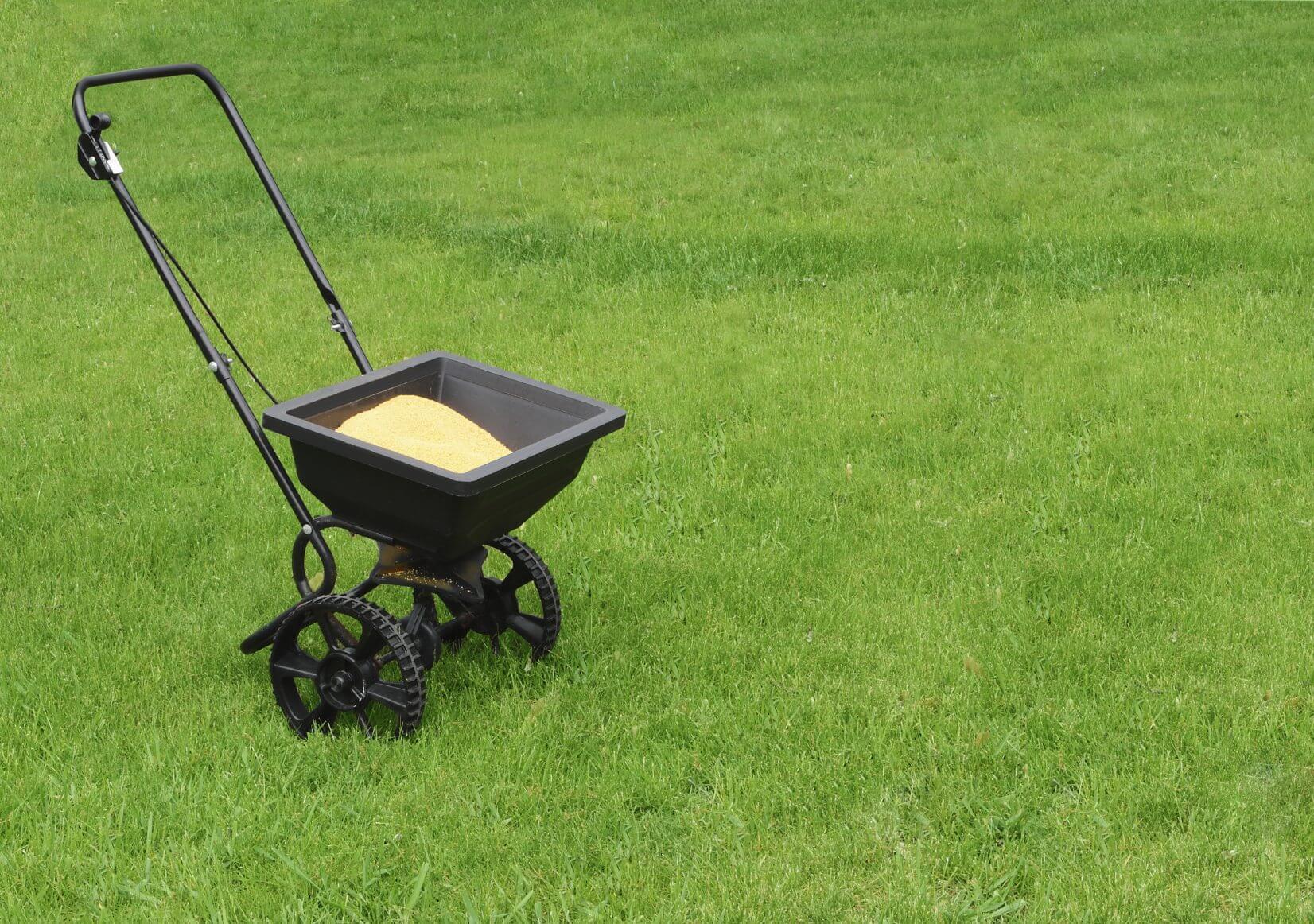












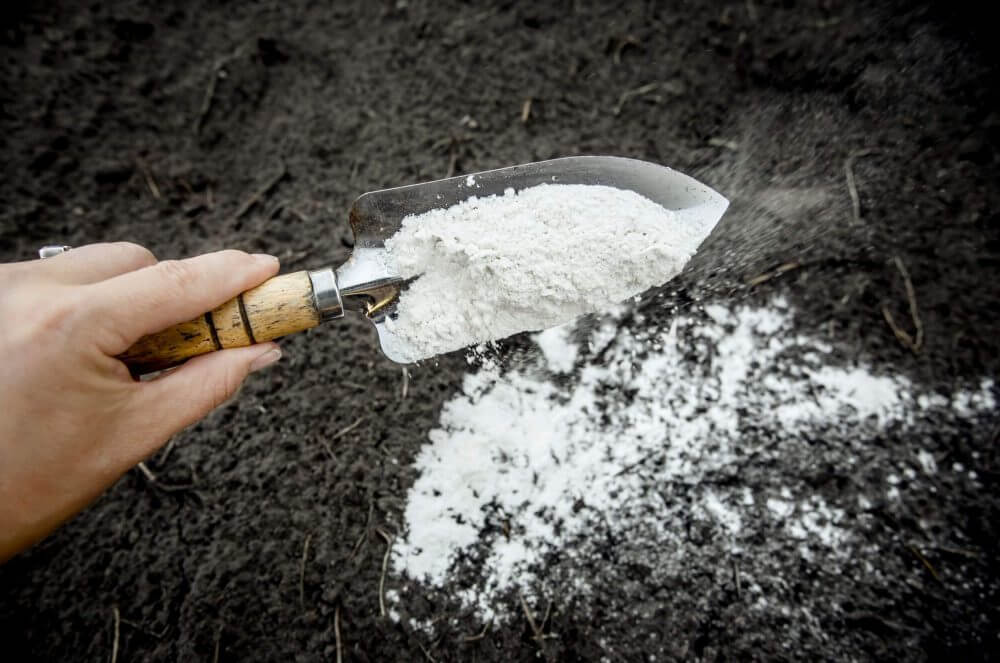
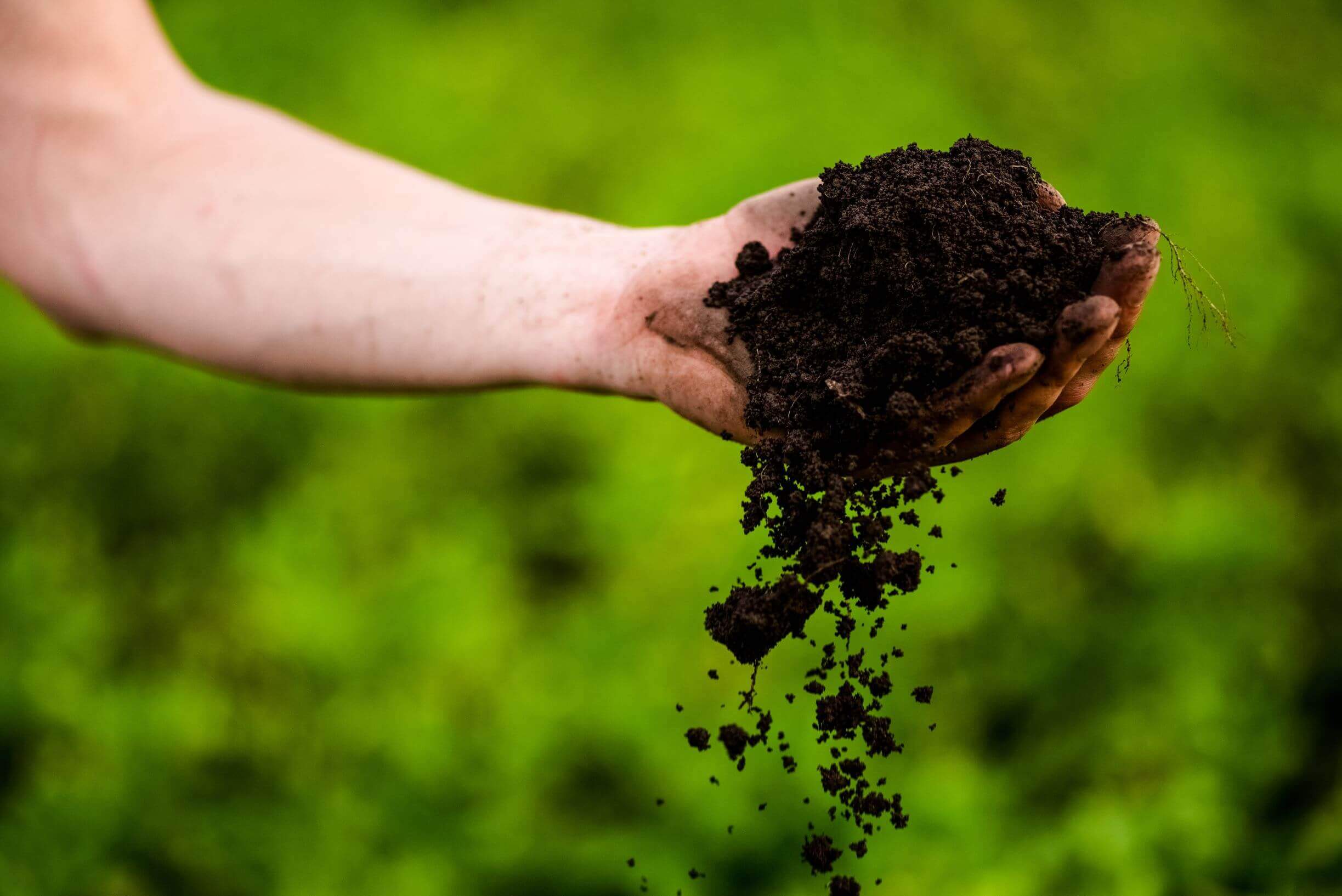
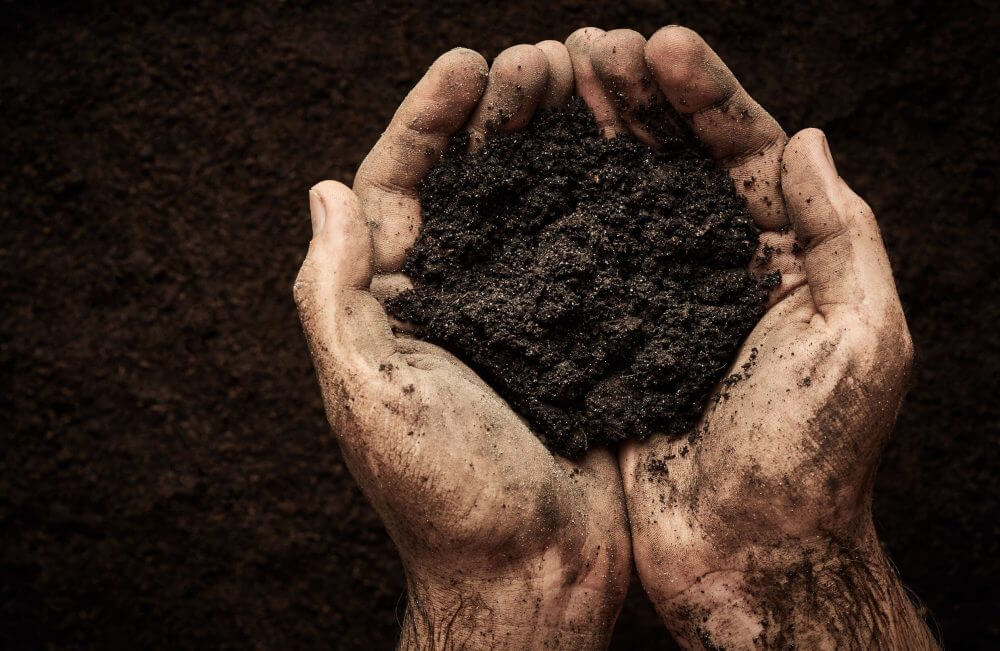





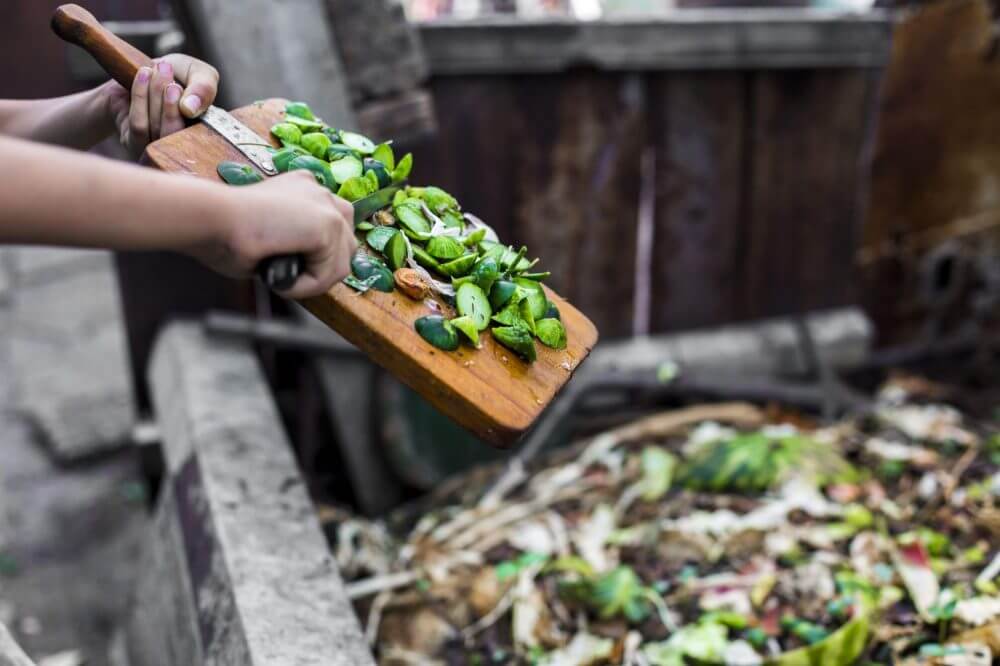




















 With careful consideration, choosing the right mulch for your garden can give your plants the best start, creating an enjoyable space to relax and unwind around your home.
With careful consideration, choosing the right mulch for your garden can give your plants the best start, creating an enjoyable space to relax and unwind around your home.